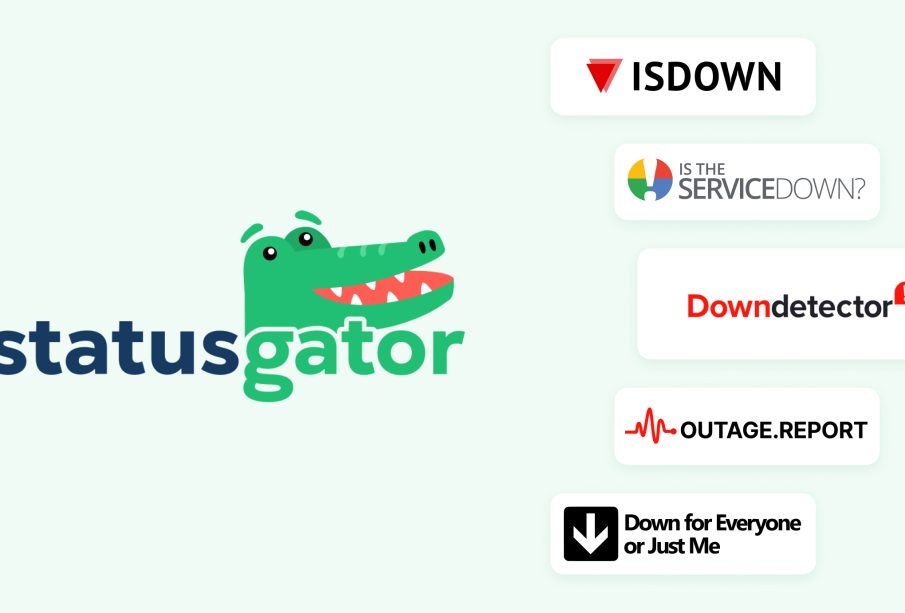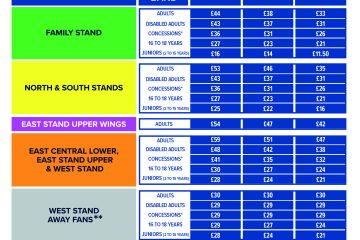Downdetector: How This Crowd-Powered Platform Is Transforming Service Outage Detection

Introduction
Downdetector stands as a pioneering real-time website that tracks outages across various online services, functioning as a community-driven platform where users worldwide share and report service disruptions they experience.
Evolution and Growth
The platform’s origins trace back to 2012 when two Dutch software engineers, Tom Sanders and Sander van de Graaf, launched the website. Their vision emerged from the need to establish a reliable source for reporting Internet incidents, and the project quickly gained recognition thanks to its user-based reporting system.
In 2018, a significant milestone was reached when Ookla, the company behind Speedtest.net, acquired Downdetector, enabling the platform to expand its reach and enhance its monitoring capabilities.
Current Capabilities and Impact
Today, the Downdetector platform offers real-time status and uptime monitoring for hundreds of services, including telecommunication outages, online banking problems, websites, and apps. The service now monitors over 12,000 services across 45+ countries, with outage detection based on real-time analysis of user reports from multiple sources.
The platform’s success lies in its innovative approach to harnessing crowd-sourced data for tracking service outages. Users can report problems through the Downdetector interface, creating a real-time data collection system that helps others determine whether their issues are localized or widespread. This peer-driven model distinguishes Downdetector from other monitoring services.
Looking Ahead
The future appears promising for Downdetector as online services continue to expand. The platform’s vision aligns with ongoing technological advancements and the increasing need for real-time connectivity monitoring. As artificial intelligence and machine learning technologies evolve, Downdetector is positioned to integrate these innovations into its framework.








